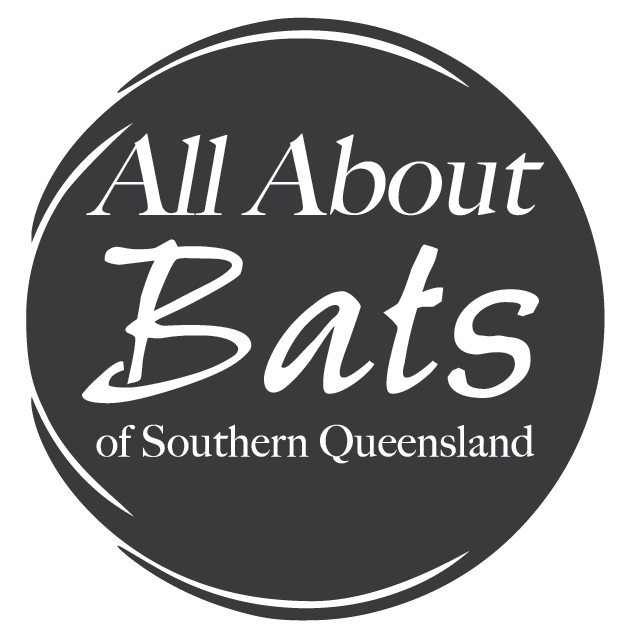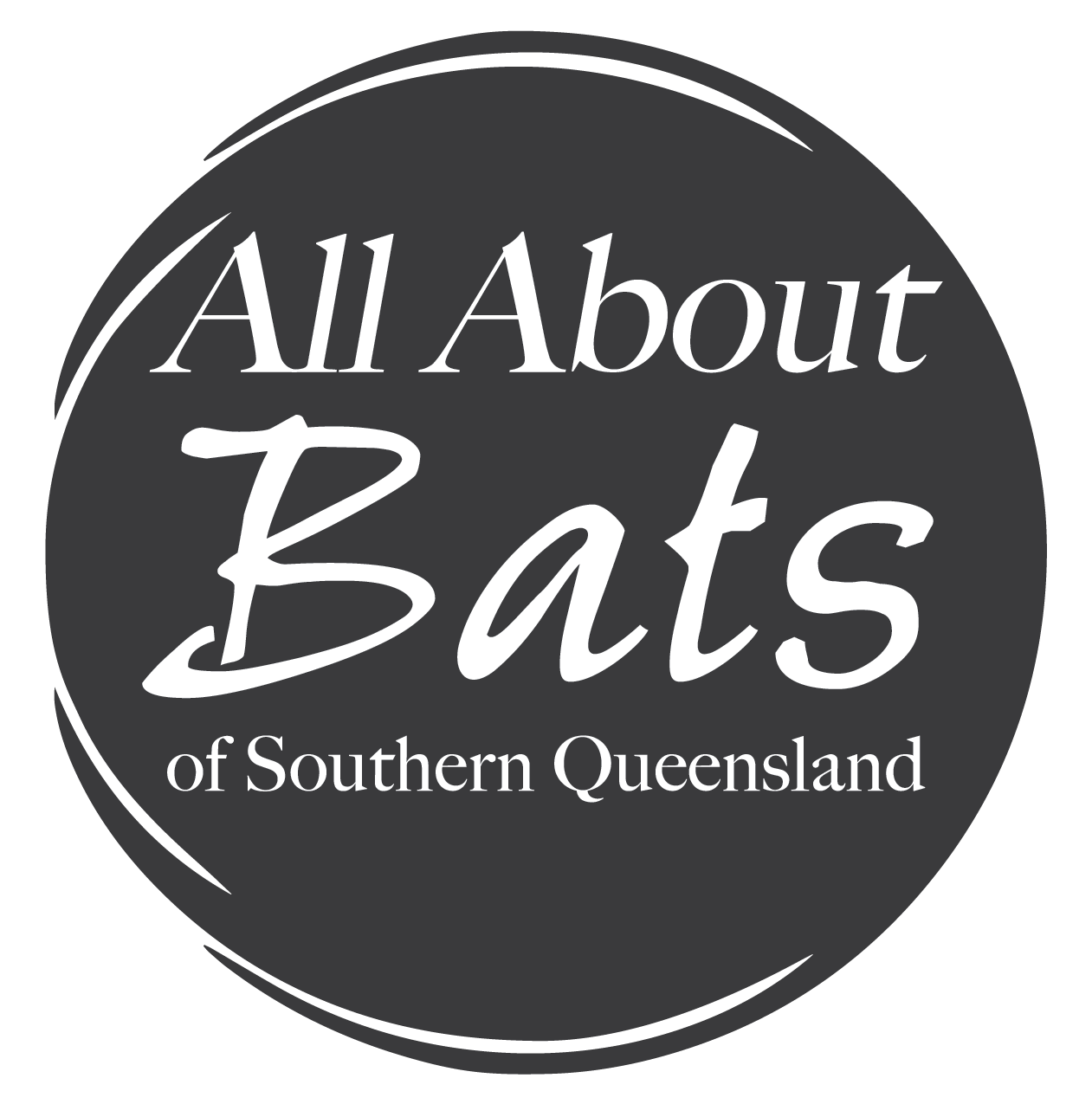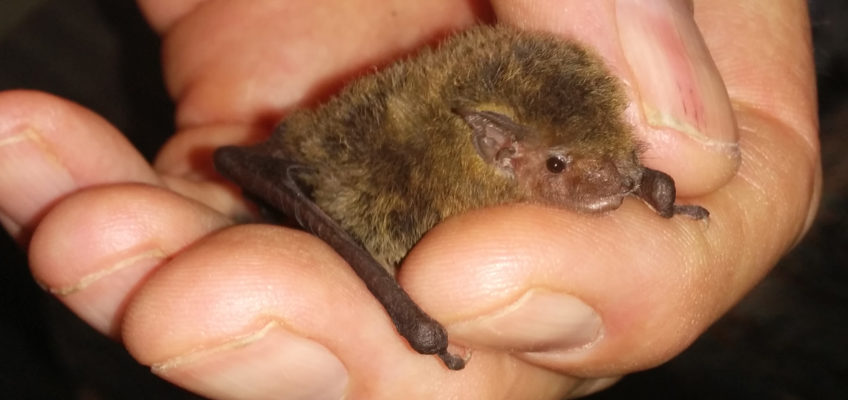Vespadelus darlingtoni
The large forest bat has dark brown to rusty brown fur all over that is slightly bicoloured (lighter at the tips).
Although this bat is the largest species in the genus, this is offset by having the least manoeuvrability in flight. They avoid cluttered regrowth and rainforest by foraging in the spaces between trees. These bats can travel up to six kilometres during the night to find food, which consists of flies, bugs, beetles and the occasional moth or spider.
Habitat
This species can be found in rainforest, forest, alpine forest and mixed coastal vegetation in eastern and southern Australia. It is the only bat species found on Lord Howe Island and was thought to be extinct on the island for many years. They usually roost in trees (around 20 metres above the ground) with up to six females per group but colonies up to 80 individuals have been recorded.
Breeding
A single young is born in late November or early December.
Predators and Threats
Hawks, owls and goannas. Loss of tree hollows, land clearing and modified fire regimes.
Photo: Gregory Spearritt
Note: This photo was taken under strict research controls. In no way should bats to be handled without gloves.
Sources:
Churchill, S. (2008) Australian Bats (2nd Edition). Allen and Unwin, Sydney.
Hall, L. (2009) Bats, A Wild Australia Guide. Steve Parish Publishing, Queensland.
Atlas of Living Australia


